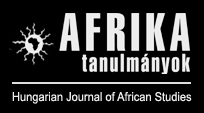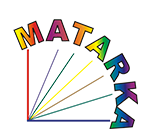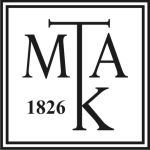Fekete-Afrika matematikai mulatságai
Kulcsszavak:
Etnomatematika, Kiszámolók, Rejtvények, FejszámolásAbsztrakt
A korai gyermekkorban alakuló személyiség – viselkedés, találékonyság, éleselméjűség – formálásában igen nagy szerepe van a meséknek és a különféle játékoknak. Akárcsak a népmese, a játékok is tükrözik egy társadalom ősöktől átvett gondolkodásmódját, észjárását. Béres Mária írása Fekete-Afrika matematikai mulatságait, az afrikai gyerekek néhány játékát, valamint néhány felnőtt szórakozást mint a kulturális örökség, Afrika értékeinek részét vizsgálja.
Downloads
Megjelent
2013-06-20
Hogyan kell idézni
Béres, M. (2013). Fekete-Afrika matematikai mulatságai. Afrika Tanulmányok Hungarian Journal of African Studies, 7(2), 35–59. Elérés forrás https://journals.lib.pte.hu/index.php/afrikatanulmanyok/article/view/4239
Folyóirat szám
Rovat
Tanulmányok
License

This work is licensed under a Creative Commons Attribution-NonCommercial-NoDerivatives 4.0 International License.
















